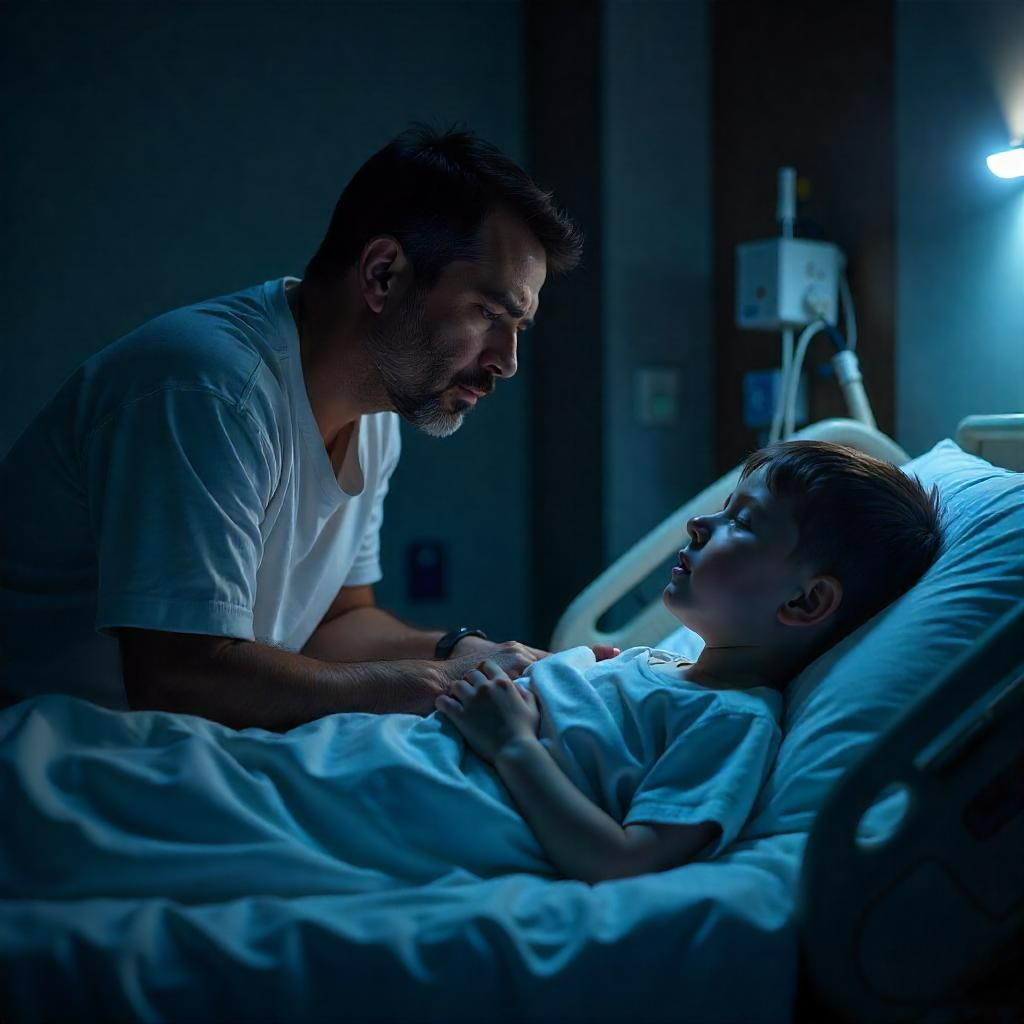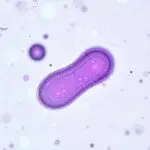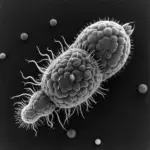What Causes Deadly Pneumonia in Children—and How to Protect Your Child
"Deadly Pneumonia in Children: What Every Parent Must Know"

Pneumonia is a serious lung infection that can be life-threatening for children, especially those under five years old. It occurs when bacteria, viruses, or fungi infect the lungs, causing inflammation and fluid buildup in the air sacs, making it difficult for a child to breathe.
The most common causes of deadly pneumonia in children include Streptococcus pneumoniae, Haemophilus influenzae type b (Hib), and respiratory syncytial virus (RSV). Malnourished children, those with weakened immune systems, or those exposed to indoor air pollution are at a much higher risk. Lack of access to healthcare and delayed treatment also increase the likelihood of severe outcomes.
Symptoms to watch for include fast or difficult breathing, fever, cough, chest indrawing, and in some cases, bluish lips or fingertips—signs that urgent medical attention is needed.
Protecting your child starts with prevention. Vaccines like the pneumococcal conjugate vaccine (PCV), Hib vaccine, and measles vaccine significantly reduce the risk. Exclusive breastfeeding for the first six months, proper nutrition, and good hygiene also strengthen a child’s immune system.
Avoiding exposure to tobacco smoke and indoor air pollution (such as from cooking stoves) is crucial. Prompt treatment with antibiotics or antiviral medications, depending on the cause, can save lives.
Ultimately, awareness and timely action are key. Pneumonia is both preventable and treatable, yet it remains a leading cause of death in children globally. By staying informed and proactive, parents and caregivers can help protect children from this deadly disease.
| Pathogen | Type | Risk Group | Vaccine Available | Current Risk in U.S. |
|---|---|---|---|---|
| Streptococcus pneumoniae | Bacteria | All young children | ✅ Yes | Controlled via vaccine |
| Haemophilus influenzae b | Bacteria | Unvaccinated children | ✅ Yes | Rare in vaccinated kids |
| Respiratory Syncytial Virus (RSV) | Virus | Infants (esp. preemies) | ✅ New tools | Still common and serious |
| Influenza virus | Virus | All children | ✅ Yes | Seasonal danger |
1. Streptococcus pneumoniae
Most common bacterial cause of fatal pneumonia.
Before the pneumococcal vaccine (PCV) was introduced in 2000, this bacterium killed thousands of children annually.
Today, PCV13 and PCV20 protect against many deadly strains.

2. Haemophilus influenzae type b (Hib)
Once a major killer of young children in the U.S.
Could cause not only pneumonia, but also meningitis and sepsis.
Since the Hib vaccine became routine in the late 1980s, deaths have dramatically declined.

3. Respiratory Syncytial Virus (RSV)
Leading viral cause of pneumonia in infants.
Causes severe respiratory illness, especially in:
Premature babies
Infants with heart or lung disease
Still a major cause of hospitalization and death.
New preventive tools (like nirsevimab and maternal RSV vaccines) are now being rolled out.

4. Influenza Virus
The flu can be deadly when it causes pneumonia or triggers secondary bacterial infections.
Annual flu vaccines help reduce severe cases in children.
.

